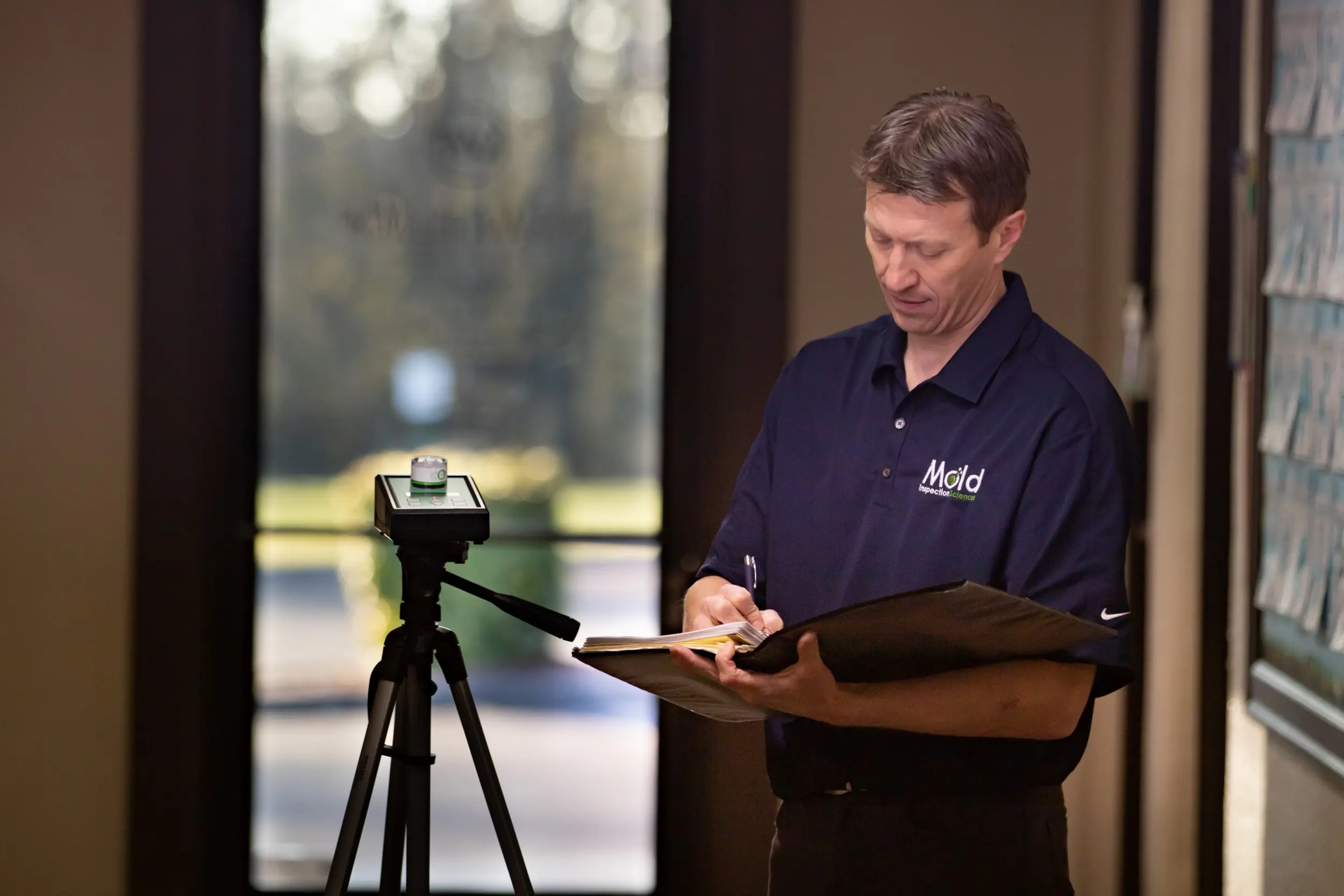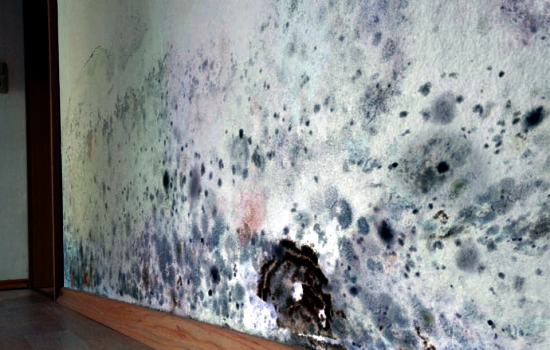Guidance on What to Do After Mold Remediation
Wiki Article
Your Ultimate Guide to Post Mold And Mildew Remediation Strategies
In the consequences of mold problem, recognizing just how to successfully eradicate the mold and mildew and prevent its reoccurrence is paramount for keeping a healthy and balanced interior atmosphere. From choosing the right cleansing and decontaminating approaches to applying methods for long-term mold and mildew prevention, each step in the remediation journey plays an essential duty in making sure an effective outcome.Recognizing Post-Mold Removal Process
After completing the mold and mildew removal procedure, it is important to comprehend the post-mold remediation techniques that are needed to ensure a reliable and complete cleanup. When the mold and mildew has been eliminated, the next step involves cleansing and disinfecting the influenced areas to stop any kind of regrowth of mold. This includes using specialized cleaning representatives to clean down surface areas and kill any remaining mold spores. It is important to dry out the location totally to inhibit the development of mold and mildew in the future (Post Mold Remediation). Appropriate ventilation and dehumidification can assist in this procedure.
Furthermore, conducting a final inspection post-remediation is essential to make sure that all mold has actually been efficiently gotten rid of. This assessment must involve a complete aesthetic check along with potentially air sampling to validate the absence of mold and mildew spores airborne. If the examination discloses any kind of remaining mold and mildew, additional removal may be needed. Enlightening passengers on precautionary actions such as controlling wetness degrees and without delay attending to any type of water leaks can help preserve a mold-free atmosphere.
Reliable Cleaning and Sanitizing Methods

Stopping Future Mold Growth

Value of Correct Ventilation
Appropriate ventilation plays a critical function in avoiding moisture buildup, a crucial variable in mold and mildew development within interior environments. Effective ventilation systems aid remove excess moisture from the air, reducing the opportunities of mold spores finding the dampness they require to sprout and spread out. Without sufficient air flow, indoor spaces can end up being a breeding place for mold and mildew, causing potential health and wellness threats and architectural damages.By making sure correct air circulation, ventilation systems can also aid in drying damp areas more promptly after water damage or flooding events, additionally discouraging mold development. testing air quality after mold remediation. Precede like bathrooms, basements, cooking areas, and attics where wetness levels have a tendency to be greater, installing and keeping efficient ventilation systems is important in protecting against mold and mildew infestations

Tracking and Upkeep Tips
Offered the essential role that correct ventilation plays in protecting against mold development, it is essential to develop effective surveillance and maintenance tips to ensure the continued capability of air flow systems. Regular evaluations of air flow systems need to be performed to check for any type of indications of blockages, leakages, or breakdowns that might hamper appropriate air movement. Monitoring moisture levels within the residential or commercial property is also essential, as high humidity can add to mold and mildew growth. Installing a hygrometer can help track moisture levels and sharp home owners to any type of spikes that might call for interest. Furthermore, making certain that air filters are on a regular basis cleaned or replaced is necessary for preserving the effectiveness of the ventilation system. Carrying out a timetable for routine maintenance jobs, such as air duct cleansing and HVAC system inspections, can help avoid problems prior to they rise. By remaining alert and positive to the condition of air flow systems, building proprietors can efficiently alleviate the risk of mold and mildew regrowth and keep a healthy indoor atmosphere.
Verdict
In final thought, post-mold removal strategies are crucial for ensuring a tidy and secure environment. Understanding the process, carrying out reliable cleansing and disinfecting methods, protecting against future mold development, keeping correct air flow, and normal monitoring are all vital actions in the removal process. By following these standards, you can effectively get rid of mold and stop its return, working or advertising a healthy living space for all occupants.In the after-effects of mold problem, understanding how to effectively eliminate the mold and avoid its reoccurrence is paramount for preserving a healthy indoor atmosphere. When the mold and mildew has been eliminated, the next step involves cleansing and sanitizing the influenced areas to protect against any type of regrowth of mold and mildew - Post Remediation verification. After removing noticeable mold development, it is vital to cleanse all surface areas in the damaged area to get rid of any kind of continuing to be mold and mildew spores. To further enhance mold and mildew avoidance measures, Post Mold Remediation Report it is essential to attend to underlying problems that initially led to mold and mildew development.Given the vital function that correct ventilation plays in avoiding mold growth, it is necessary to develop effective monitoring and maintenance tips to make certain the ongoing functionality of air flow systems
Report this wiki page